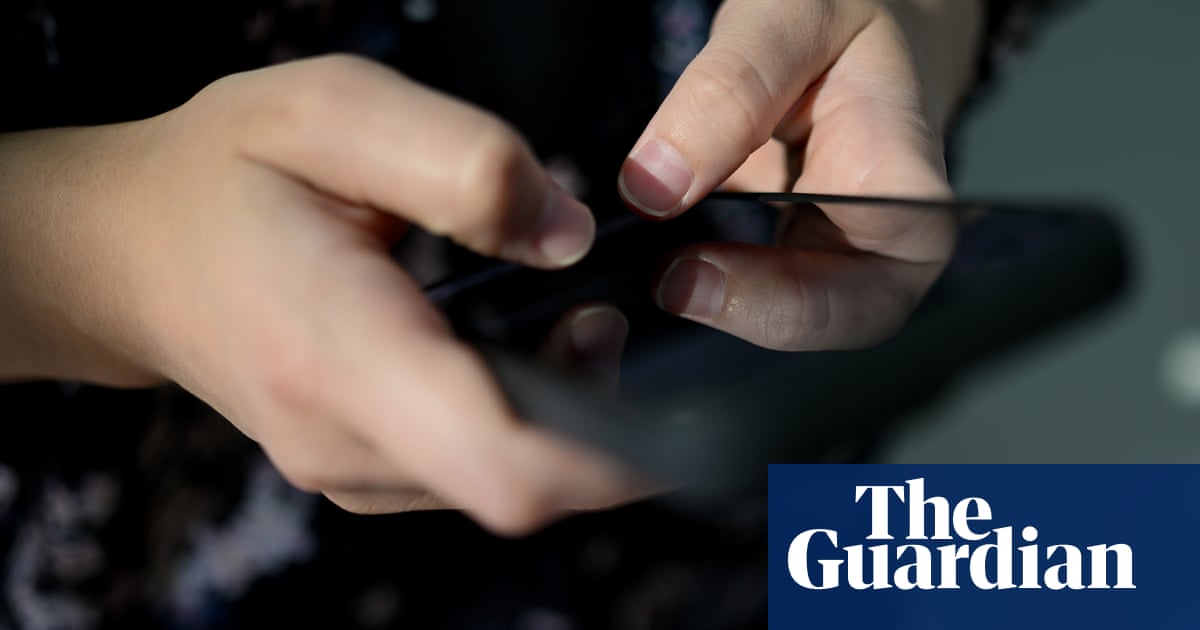YouTube should be included in the ban on under-16s accessing social media, the nation’s online safety chief has said as she urges the Albanese government to rethink its decision to carve out the video sharing platform from new rules which apply to apps such as TikTok, Snapchat and Instagram.
The eSafety commissioner, Julie Inman Grant, also recommended the government update its under-16s social media ban to specifically address features like stories, streaks and AI chatbots which can disproportionately pose risk to young people.
Sign up for Guardian Australia’s breaking news email
The under-16s ban will come into effect in December 2025, despite questions over how designated online platforms would verify users’ ages, and the government’s own age assurance trial reporting last week thatcurrent technology is not “guaranteed to be effective”and face-scanning tools have given incorrect results.
Although then communications minister Michelle Rowland initially indicated YouTube would be part of the ban legislated in December 2024, the regulationsspecifically exempted the Google-owned video site. Guardian Australia revealedYouTube’s global chief executive personally lobbied Rowlandfor an exemption shortly before she announced the carve out.
But in new advice to the communications minister, Anika Wells, Inman Grant warned that large online platforms were weakening their policies designed to reduce harm, and said YouTube should be included in the social media ban.
“Given the known risks of harm on Youtube, the similarity of its functionality to other online services, and without sufficient evidence demonstrating that Youtube predominately provides beneficial experiences for children under 16, providing a specific carve out for Youtube appears to be inconsistent with the purpose of the Act,” Inman Grant wrote in advice to Wells.
YouTube was exempted from the rules after Rowland said it was among online services that helped young people access “education and health support they need” – a dealstrongly opposed by other leading social platforms, which called it an “irrational” and “shortsighted” decision.
In her advice to Wells, Inman Grant said an exemption was “not consistent with the purpose of the [social media minimum age] obligation to reduce the risk of harm”.
Wells announced last week she had asked Inman Grant for advice on the rules around the under-16s ban. Inman Grant’s advice was released by Wells’ office ahead of a speech by the eSafety commissioner to the National Press Club on Tuesday.
Inman Grant said exempting any particular service could create issues around enforcement, noting “rapidly evolving” technology was leading to a “shifting risk profile” of certain platforms, and that naming any specific platform could quickly become outdated. She said YouTube features – such as infinite scroll, auto-play and algorithmically recommended feeds – which are also present onTikTokand Instagram, were among those meant to be captured by the social media ban.
According to advance speech extracts released by the eSafety Commission, Inman Grant will raise concern about YouTube in her press club speech, referencing a survey of 2,600 children aged 10 to 15 conducted by her office.
“Alarmingly, around 7 in 10 kids said they had encountered harmful content, including exposure to misogynistic or hateful material, dangerous online challenges, violent fight videos, and content promoting disordered eating,” Inman Grant will say.
Sign up toBreaking News Australia
Get the most important news as it breaks
after newsletter promotion
“Children told us that 75% of this harmful content was most recently encountered on social media. YouTube was the most frequently cited platform in our research, with almost 4 in 10 children reporting exposure to harmful content there.”
“This also comes as the New York Times reported earlier this month that YouTube surreptitiously rolled back its content moderation processes to keep more harmful content on its platform, even when the content violates the company’s own policies.”
Inman Grant will also voice alarm at “platform after platform winding back their trust and safety teams and weakening policies designed to minimise harm, making these platforms ever-more perilous for our children”.
Inman Grant’s advice also recommended the government’s rules be significantly amended to better address the harms they set out to curb, including editing the wording of the ban as well as specifically listing the design features – such as endless content feeds, notifications, stories and streaks – which can disproportionately affect children.
Meta, TikTok and Snapchat were unhappy with the original decision to exempt YouTube from the legislation.
“It is illogical to restrict two platforms while exempting the third,” TikTok’s director of public policy in Australia and New Zealand, Ella Woods-Joyce, wrote in a submission to a government consultation on the ban.
“It would be akin to banning the sale of soft drinks to minors but exempting Coca-Cola.”
